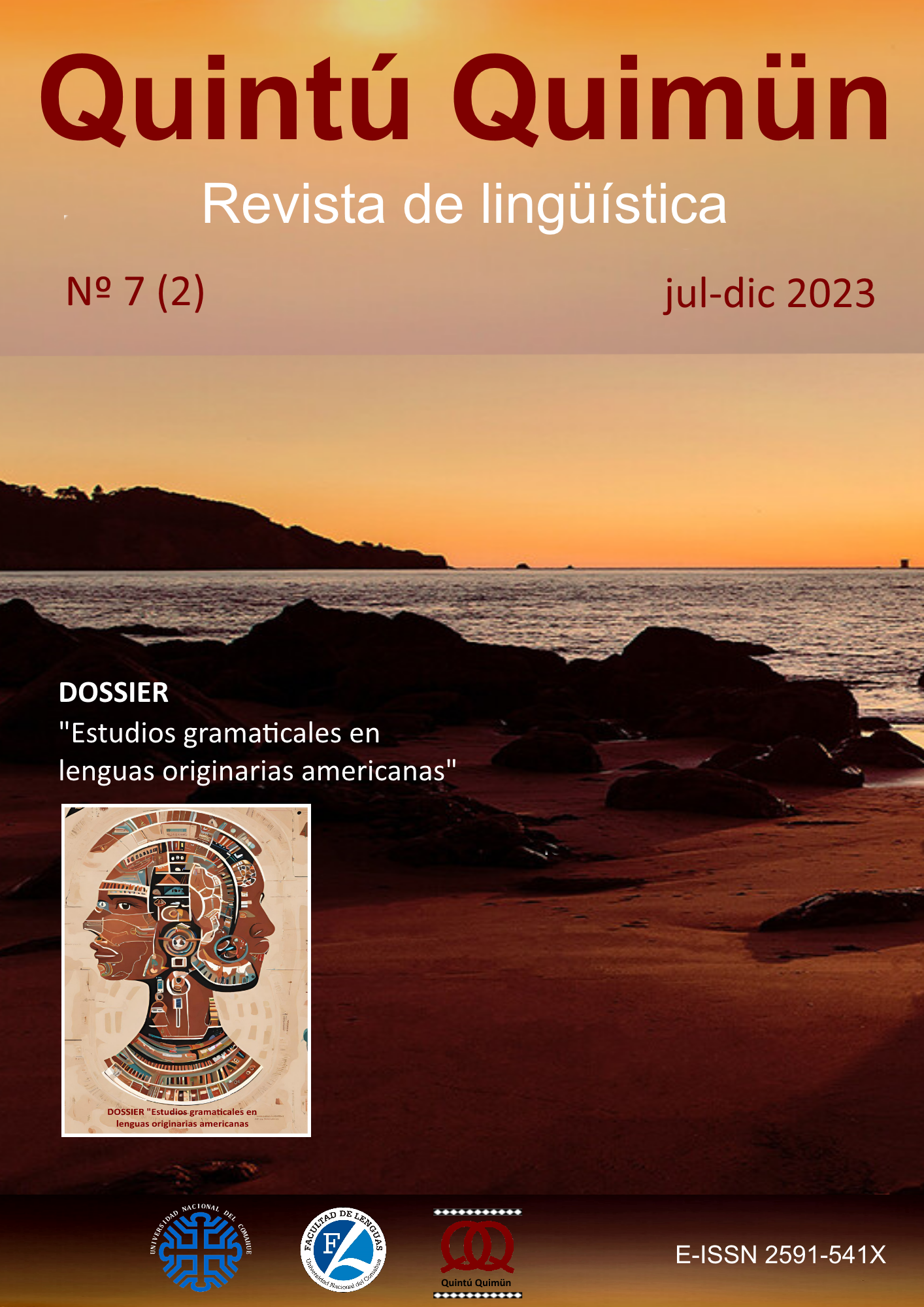How to do things with words. Some remarks on generative AI for images
Main Article Content
Abstract
Currently, artificial intelligence (AI) has become a relevant topic that affects various disciplines. AI can be thought of as the ability of machines to perform tasks that typically require human intelligence. Among the possibilities offered by the field, one of the most notable is generative AI. This focuses on generating, form original content, from a certain perspective, such as text, image, voice, video, among others. To do this, the user needs to provide the AI with an indication of the desired product, through a written text known as a prompt. However, an observed phenomenon is the difficulty of generating a result fully corresponding to what the user desires, necessitating the need to explicitly indicate as much as possible and in the least ambiguous way, which is sometimes challenging due to the nature of language itself. This article provides an overview of generative AI for images and the phenomenon of linguistic ambiguity. Subsequently, it reflects on how this affects the formulation of prompts for image generation.
Downloads
Article Details

This work is licensed under a Creative Commons Attribution-NonCommercial-ShareAlike 4.0 International License.
Los autores de los artículos publicados conservan los derechos de copyright.
Licencia de uso:

Creative Commons Atribución-NoComercial-CompartirIgual 4.0 Internacional.
References
Adelstein, Andreína, Marina Berri & Victoria Boschiroli (2012). Polisemia regular y representación lexicográfica: los nombres locativos en español. Terminalia, 5, 33-41.
Apresjan, Juri (1974). Regular Polysemy. Linguistics 12(142), 5-32.
Hidalgo, Danilo (1978). La ambigüedad lingüística. Filología y lingüística, 4(2), 39-45.
Pustejovsky, James (1995). The generative lexicon. Cambridge-Massachusetts: MIT Press.
Real Academia Española & Asociación de Academias de la Lengua Española (2009). Nueva gramática de la lengua española. Madrid: Espasa.
Alpaydin, Ethem (2026). Machine learning: The new AI. Cambridge-Massachusetts: MIT Press.
Ardilla, Rubén (2011). Inteligencia. ¿Qué sabemos y qué nos falta por investigar? Revista de la Academia Colombiana de Ciencias, 35(134), 97-103.
Chowdhury, Mashrur, Amy Apon & Kakan Dey (2017). Data Analytics for Intelligent Transportation Systems. Amsterdam: Elsevier.
López, Bruno (2007). Introducción a la inteligencia artificial. Recuperado de: http://www.itnuevolaredo.edu.mx/takeyas/Articulos/Inteligencia%20Artificial/ARTICULO%20Introduccion%20a%20la%20Inteligencia%20Artificial.pdf el 6/6/2023.
Mantegna, Micaela (2020). Inteligencia ARTEficial: creatividad computacional, inteligencia artificial generativa y derechos de autor. Tesis de maestría, Universidad de San Andrés.
Noy, Shakked & Whitney Zhang (2023). Experimental evidence on the productivity effects of the generative artificial intelligence. Recuperado de https://papers.ssrn.com/sol3/papers.cfm?abstract_id=4375283 el 6/6/2023.
OpenAI. (2023). ChatGPT: Optimizing language models for dialogue. https://openai.com/blog/chatgpt/
Sternberg, Robert (2000). Handbook of intelligence. Nueva York: Cambridge University Press.
Piaget, Jean (1952). The origins of intelligence in children. Nueva York: International Universities Press.
McCormack, Jon, Camilo Cruz, Nina Rajcic, Stephen Krol, María Llano & Meng Yang (2023). Is writing prompt really making art? Lecture notes in computer science, 13988, 196-211.
O’Hear, Anthony (1995). Art and technology: An old tension. Royal institute of philosophy supplement, 38, 143-158.
Zhou, Yongchao, Andrei Muresanu, Ziwen Han, Keiran Paster, Silviu Pitis, Harris Chan & Jimmy Ba (2023). Large language models are human-level prompt engineers. Eleventh conference on learning representation. Recuperado de https://arxiv.org/pdf/2211.01910.pdf el 6/6/2023.
Bianchi, Federico, Pratyusha Kalluri, Esin Durmus, Faisal Ladhak, Myra Cheng, Debora Nozza, Tatsunori Hashimote, Dan Jurafksy, James Zou, & Aylin Caliskan (2023). Easily accessible text-to-image generative amplifies demographic stereotypes at large scale. En The 2023 ACM conference on Fairness, Accountability, and Transparency. ACM FAccT 2023. Recuperado de https://dl.acm.org/doi/pdf/10.1145/3593013.3594095 el 6/6/2023.
